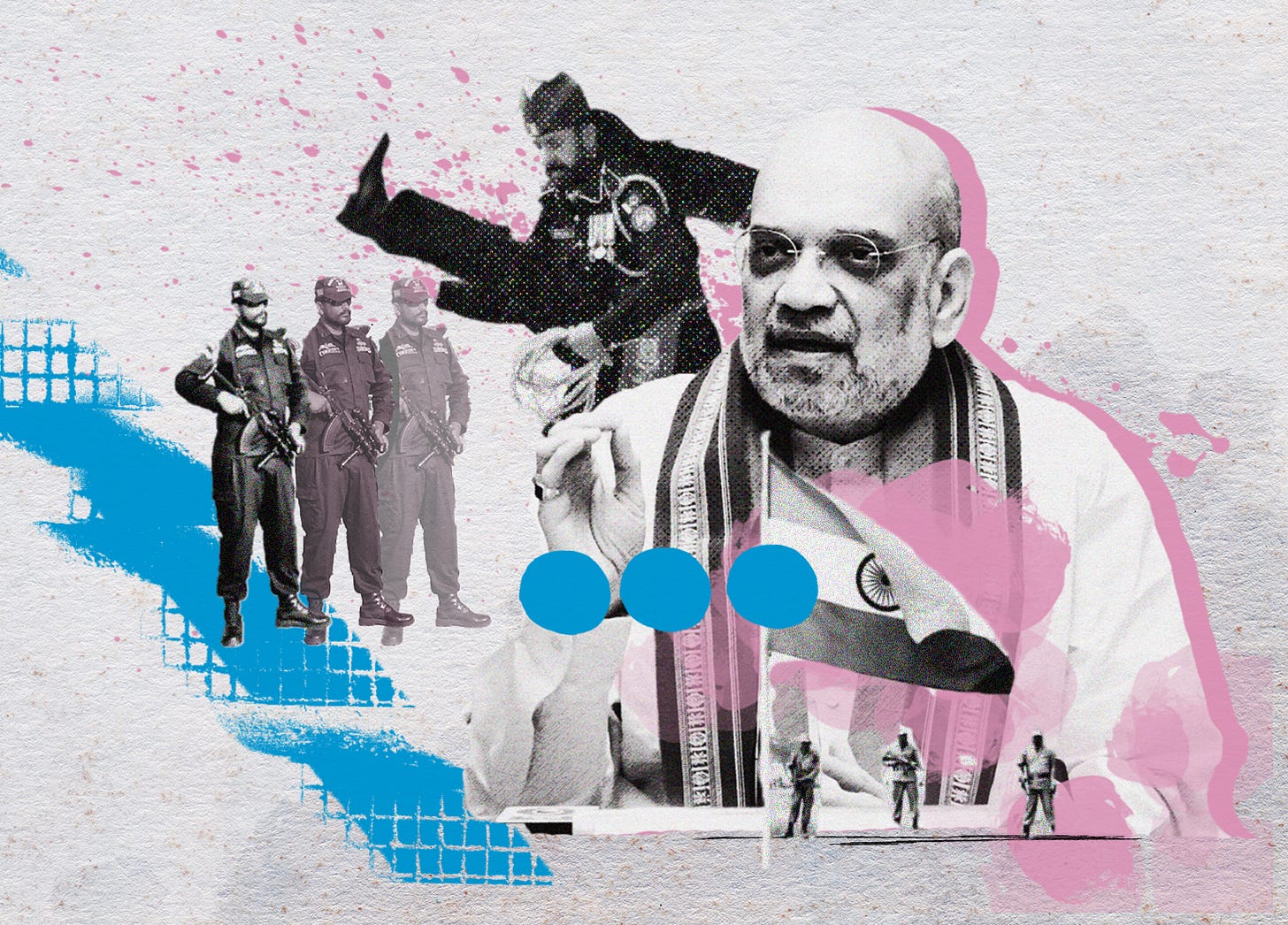The tragedy and farce of India-Pakistan cricket
Sushant Singh is a lecturer in South Asian studies at Yale University and consulting editor with The Caravan magazine in India. He served in the Indian Army for more than two decades.
India has only “paused” its military operation, declared Prime Minister Narendra Modi in May 2025, just days after a ceasefire ended 88 hours of intense military exchanges with Pakistan. Home Minister Amit Shah's accompanying threat that “Pakistan will be starved of water that it has been getting unjustifiably” completed the picture of uncompromising hostility. Yet barely four months after Operation Sindoor - the four-day military clash that dragged two nuclear powers to the brink - the same government permits its cricket team to face their supposed arch-nemesis in Dubai.
The contradiction cuts particularly deep when considering Shah's cricket connections. Shah, described as Modi’s “confidant, consigliere and enforcer” was Gujarat Cricket Association President whilst Modi held the same position earlier, with his son Jay Shah rising from GCA joint secretary to become the youngest ICC Chairman. This cricket dynasty epitomises how the sport has become intertwined with Modi's Hindutva politics, making the decision to play Pakistan even more politically charged.
Opposition leaders in India have seized upon this hypocrisy with relish. “In Pahalgam, the vermilion was wiped off the foreheads of 26 women. Prime Minister Narendra Modi staged a chest-thumping drama,” said a prominent opposition party MP. “Why not now? Because Jay Shah has an interest”. The mockery stings precisely because it exposes the performative nature of Modi's entire Pakistan policy.
Modi and Shah’s virulent rhetoric aside, India maintains diplomatic ties with Pakistan, participates in the Shanghai Cooperation Organisation alongside Islamabad, and continues sharing nuclear site data every January under their 1988 non-attack agreement. Most tellingly, India recently provided flood data to Pakistan “on humanitarian grounds” despite having suspended the Indus Waters Treaty in April. If Pakistan truly represents the existential threat that BJP rhetoric suggests, these diplomatic channels would be impossible. If the threat of cutting off ties with Pakistan were genuine, if the enmity were real, if the principles were sincere, no cricket match would be possible. That it proceeds reveals everything about the gap between political rhetoric and actual tactics.
The Indian government's selective cricketing engagement with Pakistan reveals a political calculation rather than principled opposition. The standard BCCI defence - that multilateral tournaments differ from bilateral series - crumbles under scrutiny. BCCI was not supposed to decide. The government could have told the BCCI to withdraw from the Asia Cup – precedents exist for multilateral cricket tournaments – and the Asian Cricket Council would have accepted. That it chose not to exposes the cynical calculation behind this decision.
Cricket between India and Pakistan has ceased being sport in any meaningful sense. Like the daily flag-lowering ceremony at Wagah border, it has become choreographed hyper-jingoistic theatre designed to showcase noxious superiority and stoke nationalist sentiment. The Modi regime remains supremely confident that Pakistani cricket, currently in institutional shambles with frequent captaincy changes and administrative upheaval, will provide easy victories.
This confidence is well-founded. Pakistan cricket has endured four PCB chairmen in three years, eight different coaches, four captains, and twenty-six selectors, a revolving door that reflects systemic dysfunction. Recent humiliations include whitewashes by Bangladesh at home and losses to USA, Ireland and Afghanistan, all teams that Pakistan is expected to dominate. For Modi's strategists, this presents an opportunity to have their nationalist cake and eat it too. An easy victory against Pakistan on the cricket field generates visceral nationalist euphoria that no economic statistics can match. It delivers political capital in its crudest form, allowing the Hindutva ideologues to present cricket success as vindication of Hindu ascendancy under Modi's leadership whilst their Muslim-majority neighbour struggles.
Keep reading with a 7-day free trial
Subscribe to Cricket Et Al to keep reading this post and get 7 days of free access to the full post archives.




